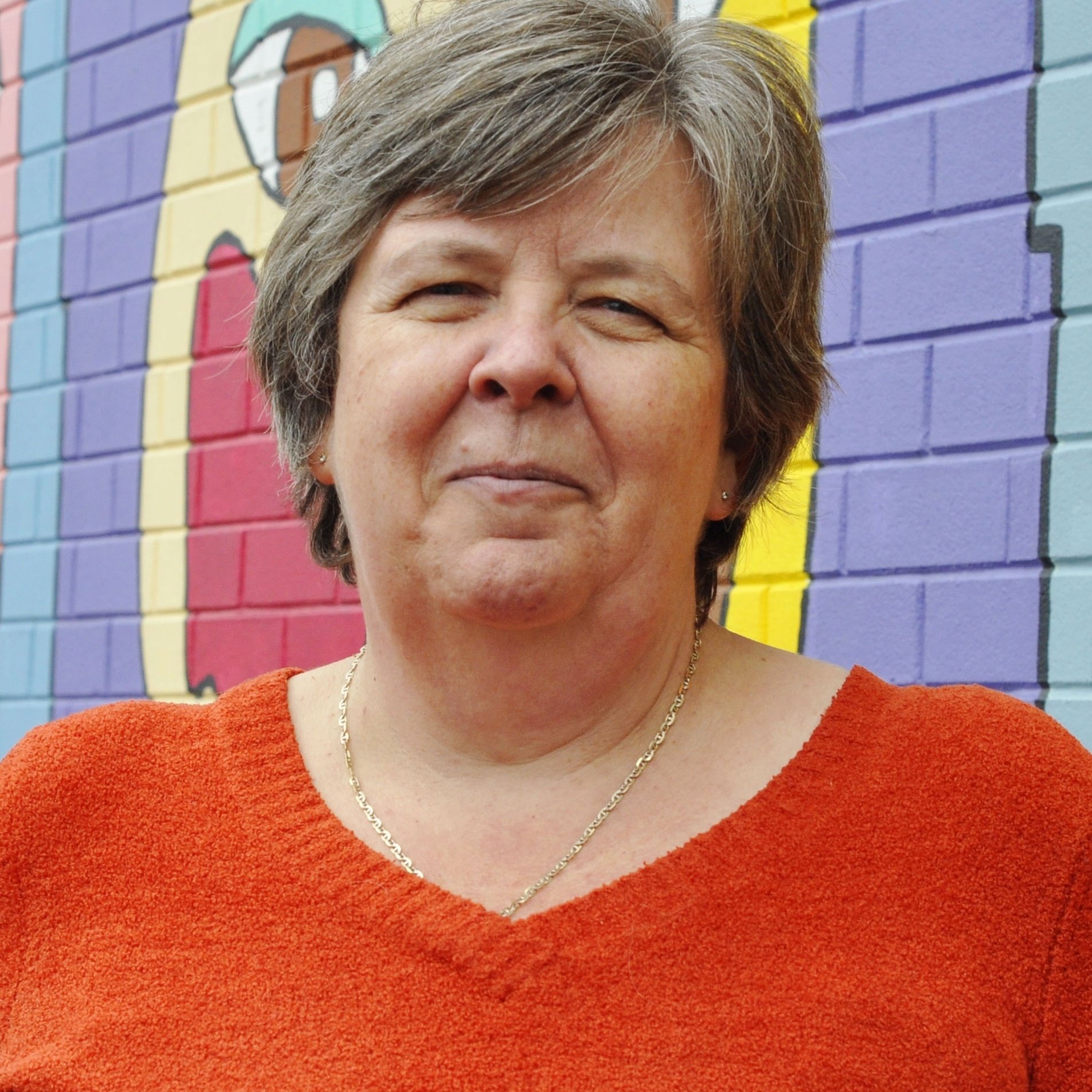 In his ground-breaking book The Speed of Trust, Stephen Covey describes five waves of trust. The first two he tackles are self trust and relational trust. He notes that foundationally, we must trust ourselves, living with integrity and fulfilling our commitments. The second relational wave of trust is based on the principle of consistent behaviour and investing in and generating trust with others. Throughout the book Covey describes the reciprocal nature of trust, that it is about giving and receiving.
In his ground-breaking book The Speed of Trust, Stephen Covey describes five waves of trust. The first two he tackles are self trust and relational trust. He notes that foundationally, we must trust ourselves, living with integrity and fulfilling our commitments. The second relational wave of trust is based on the principle of consistent behaviour and investing in and generating trust with others. Throughout the book Covey describes the reciprocal nature of trust, that it is about giving and receiving.
Many have built on the title of the book to quote that ‘collaboration grows at the speed of trust’.
Most of us enter into collaboration with high expectations and positive views of working together. But what happens when trust breaks down? Trust breakdowns are usually connected to corrosive activities in the collaboration. These corrosive activities may include putting your own needs ahead of the needs of the group, breaking promises or violating expectations, blaming others for their actions or inactions and an inability of the collaboration to constructively confront issues that they are facing.
The challenge is that trust requires truth-telling. Trust also requires, as Covey notes, building and investing in relationships.
Most of the articles I have read identify that both parties need to engage in the process of repairing the relationship. If only one party is interested in working toward a better future, the relationship and trust between parties will continue to be challenged.
In How to Restore Trust in a Team, the author outlines the following steps. They show that it is not just adequate to acknowledge the issue, but that specific and concrete changes need to be made and follow up is required. While this article is targeted at employee team, the practices are also useful for collaborative teams.
- Acknowledge the issue: Admitting that a team has trust issues helps validate what team members are feeling. Leaders and team members who contributed to undermining trust must also take responsibility for their actions. Attempting to justify or excuse those actions will make it hard for anyone to trust them in the future.
- Get Feedback: Gathering feedback also helps to communicate to employees that their opinions and feelings are valued, which is an important step in re-establishing trust.
- Make Specific Changes: Telling people things are going to be different and then proceeding to do things the same way as before won’t do much to inspire confidence in the future. Team members need to see that clear steps are being taken to change how the team operates and how those changes will impact the way they work going forward.
- Communicate Clearly and Consistently: By communicating frequently and clearly, team members have a better sense of their role within the organization and can begin to trust that they won’t be kept in the dark on issues that impact their performance.
- Promote Accountability: When people see that all members are held equally accountable, they can begin to count on others to do what they say they’re going to do and focus more on their own responsibilities instead of worrying about what additional work they may have to do to help the team achieve its goals.
Effective collaborative efforts require the intention of both working together and investing in building trust and relationships. It also requires that collaborators confront issues when trust breaks down. Covey describes ‘trust accounts’ which are like bank accounts, we have to invest to access the dividends. This investment includes building our skill set as leaders to deal effectively with each other when trust breaks down.
Learn More:
- Join me at Turf, Trust, and Collaboration: Practical Tools for Building Trust to learn more about the role of trust in collaboration
- Read Turf, Trust, Collaboration and Collective Impact
- Read How to Restore Trust in a Team
- Read How to restore broken trust with one simple tool





